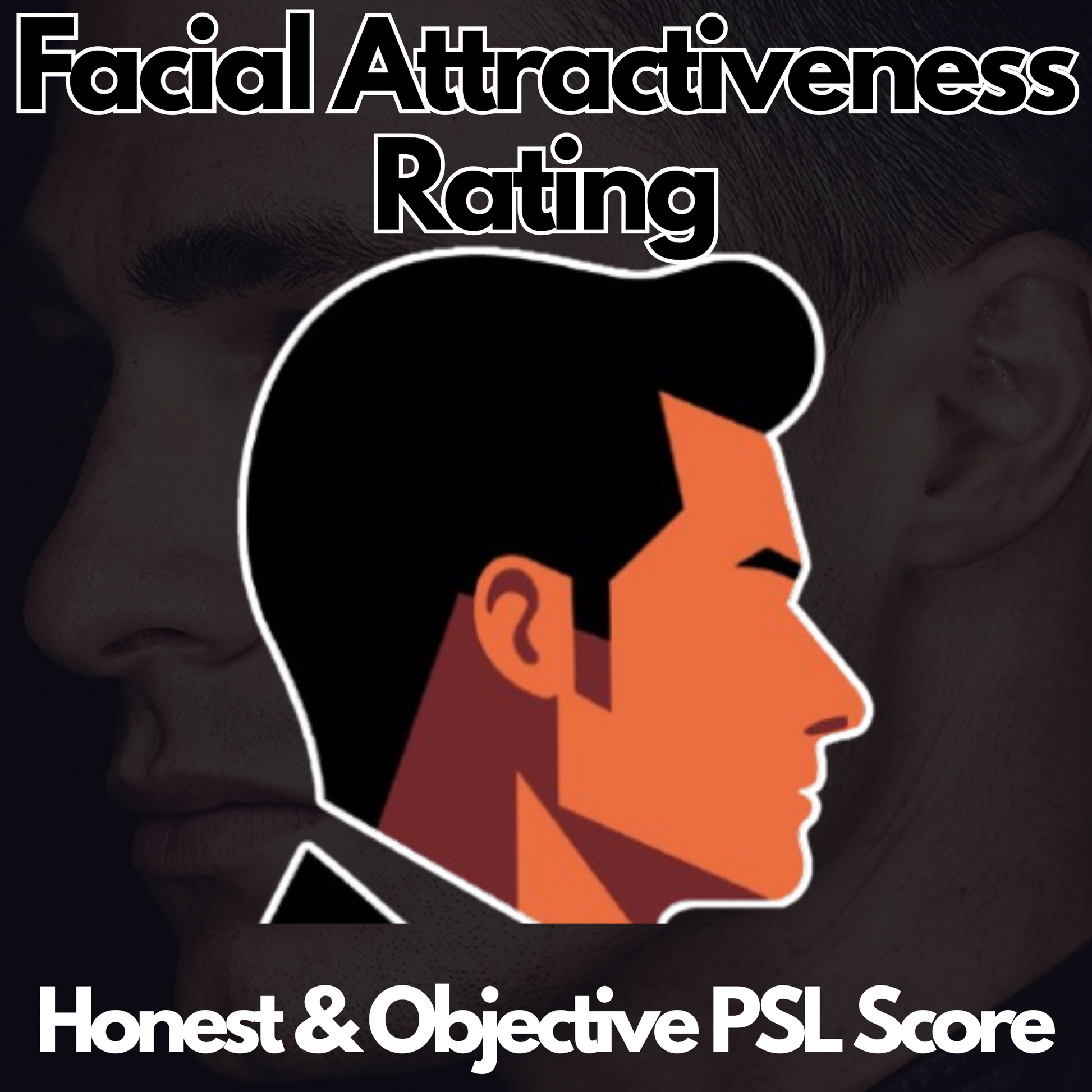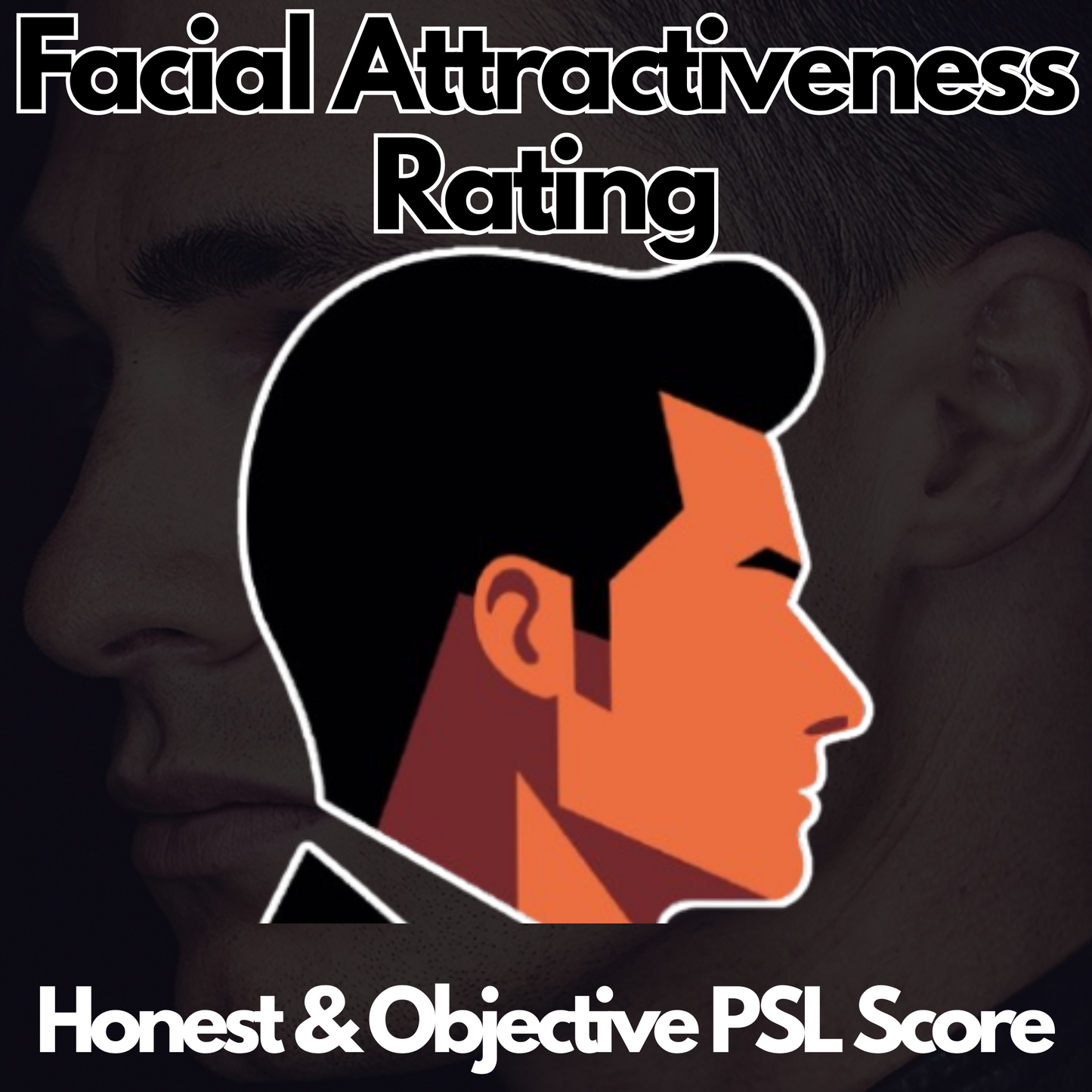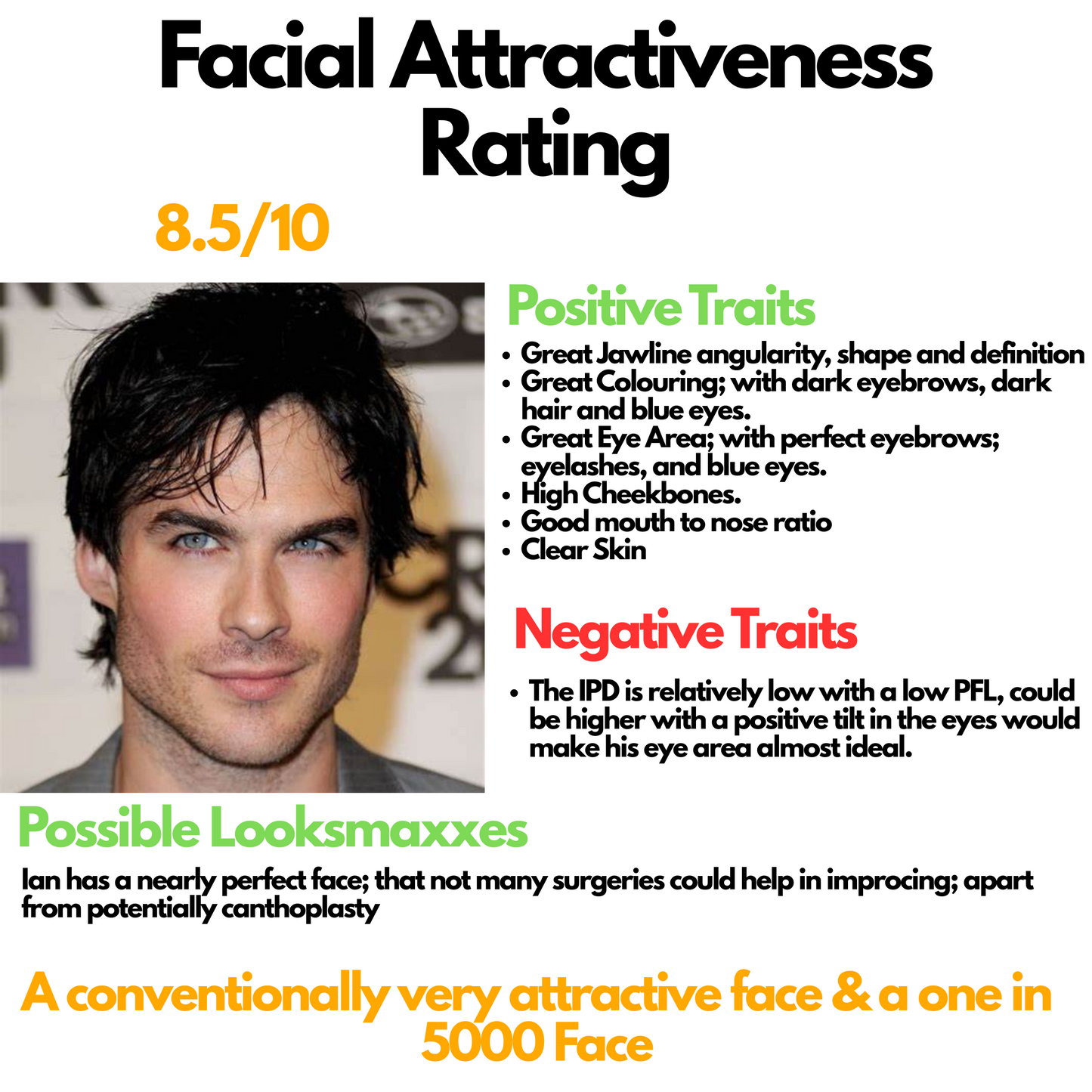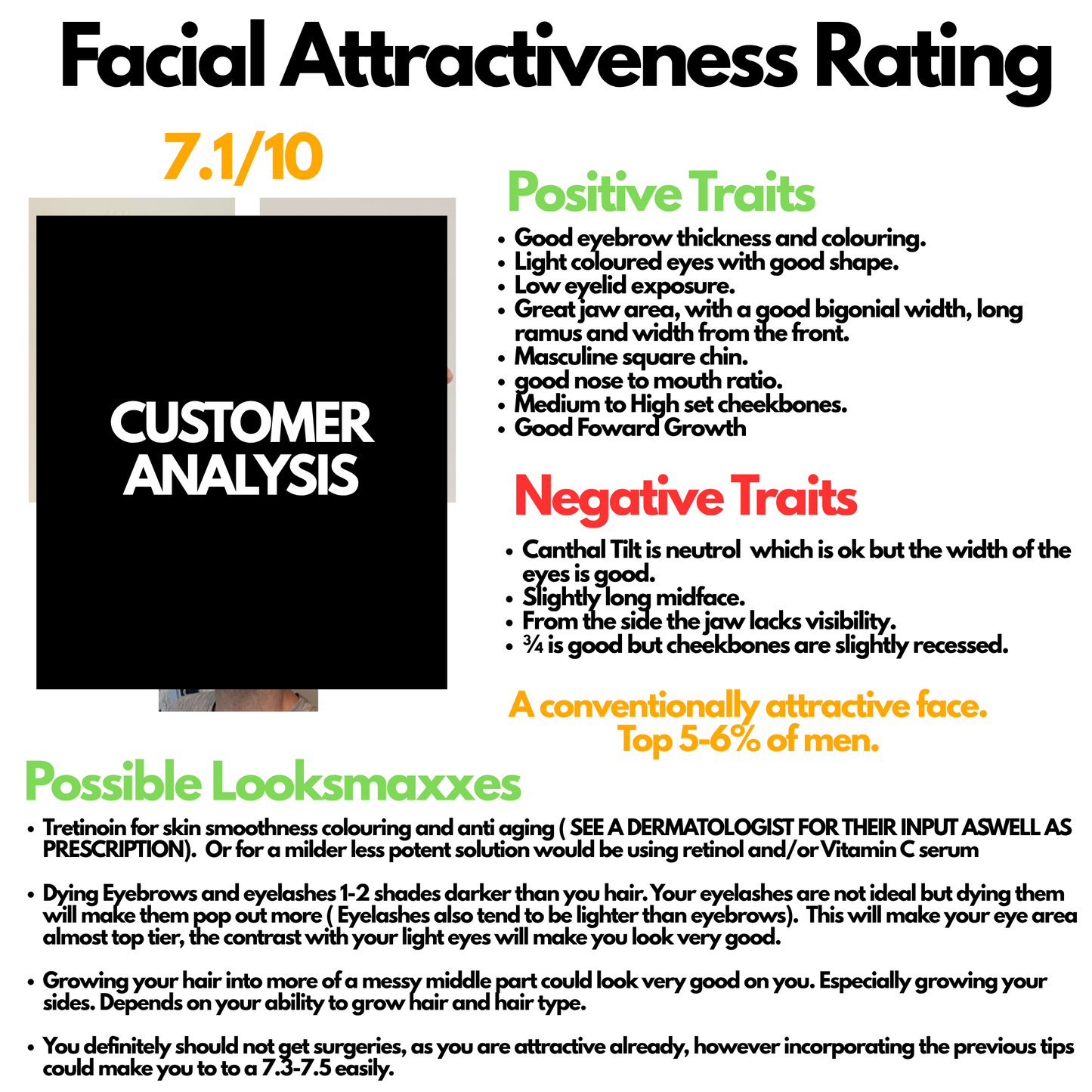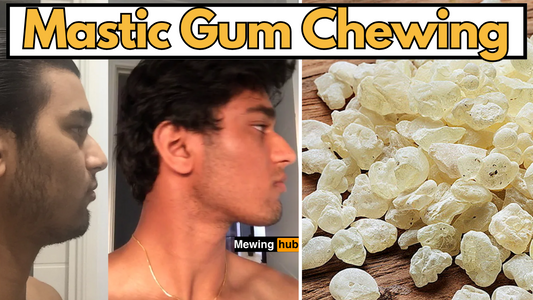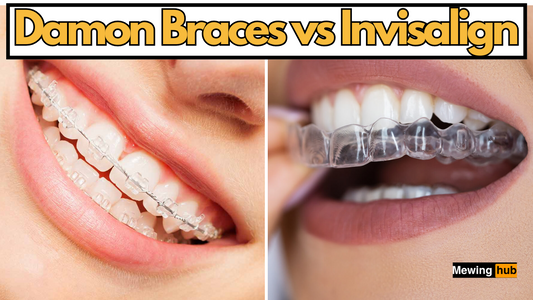Does Mewing Work ? Scientific Evidence for Mewing
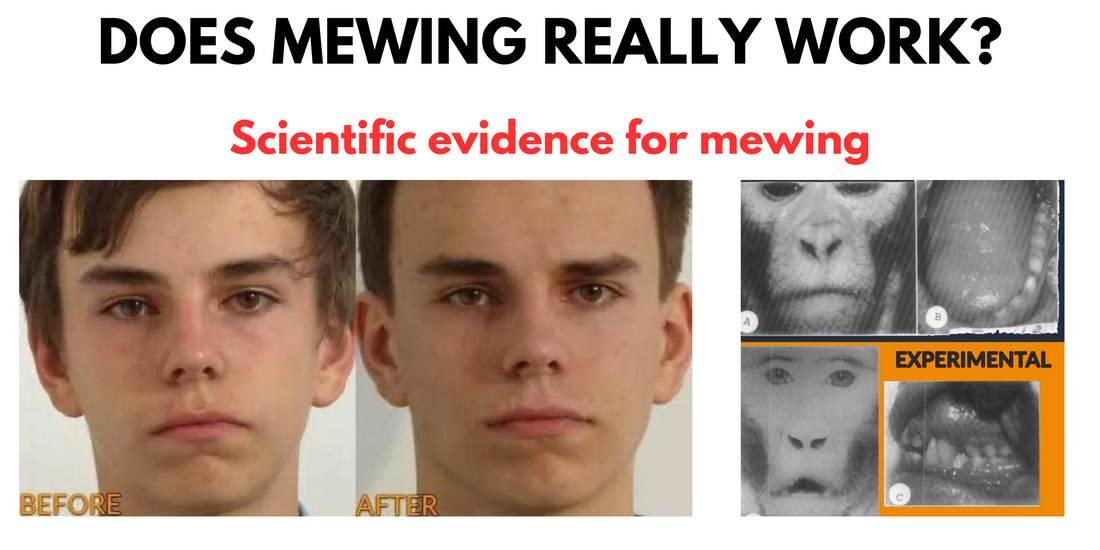
Share
Understanding the Fundamentals of Mewing
Before discussing the scientific evidence, it's essential to grasp the basic principles of mewing. Mewing involves adopting proper tongue posture, along with correct chewing habits and body posture.

By resting the entire tongue on the roof of the mouth and breathing through the nose, mewing aims to promote facial development, including cheekbone enhancement, jaw size improvement, and gonial angle optimization.
All of this is possible through Wolff's Law, which states that under pressure and time, bone will remodel to better accommodate the pressure.
Is There Scientific Evidence for Mewing?
Mewing has gained significant attention, but does scientific evidence support the practice of mewing?
Scientific Evidence and Research for Mewing
There is a dearth of direct studies specifically examining mewing. Nevertheless, many scientific findings do support the underlying principles of mewing. While a comprehensive, randomized, double-blind, placebo-controlled study with a substantial sample size dedicated to mewing remains elusive, the prospect of such a study is unlikely.
Mewing poses a challenge to the orthodontic community, as it suggests that maintaining proper posture from an early age can prevent malocclusion and obviate the need for surgical interventions.
Consequently, funding for such research is unlikely. Currently, only Dr. Mew and a select few are engaged in data collection and substantive mewing research, but it will require time to accumulate conclusive evidence.
Relevant Studies Supporting Mewing And Orthotropics
In the interim, here are various studies that endorse the fundamental concepts of mewing, organized chronologically:
2018 - Three-dimensional Ultrasound Evaluation of Tongue Posture and Its Impact on Articulation Disorders in Preschool Children With Anterior Open Bite - Kravanja et al.
- Correct tongue posture was observed to rectify anterior open bites in preschoolers.
2018 - Human Mandibular Shape is Associated with Masticatory Muscle Force - Sella-Tunis et al.
- This study highlights a correlation between mandible muscle volume and specific facial characteristics, suggesting that chewing more can positively affect facial aesthetics.
2016 - Interaction Between Deglutition, Tongue Posture, and Malocclusion: A Comparison of Intraoral Compartment Formation in Subjects With Neutral Occlusion or Different Types of Malocclusion - Knösel et al.
- Proper tongue posture and swallowing may contribute to palate widening during development.
2014 - The Acute Effect of the Tongue Position in the Mouth on Knee Isokinetic Test Performance: A Highly Surprising Pilot Study - Vico et al.
- The research establishes a connection between proper tongue posture and increased knee flexion peak torque, indicating that tongue posture correlates with overall body posture.
2014 - Expansion/Facemask Treatment of an Adult Class III Malocclusion - Jackson et al.
- This study explored palatal expansion and facemask treatment for adults, observing positive outcomes in a 19-year-old with an underbite.
2014 - Treatment and Retention of Relapsed Anterior Open-Bite with Low Tongue Posture and Tongue-Tie: A 10-Year Follow-Up - Orthod et al.

- A corrective tongue posture technique successfully corrected an anterior open bite in a 19-year-old patient, with lasting effects observed during a 10-year follow-up.
2010 - Continuous Forces Are More Effective Than Intermittent Forces in Expanding Sutures - Shih-Yao Liu et al.
- This research reaffirms the core tenet of the tropic premise, emphasizing that continuous forces over an extended period lead to more significant changes.
2009 - Effects of Tongue Position on Mandibular Muscle Activity and Heart Rate Function - Schmidt et al.
- Proper tongue posture on the roof of the mouth correlated with increased masticatory muscle activity and reduced heart rate variability in patients of approximately 19 years of age.
2004 - Facial Changes Following Treatment With a Removable Orthodontic Appliance in Adults - Singh et al.
- A removable orthodontic appliance (Homeoblock) induced facial changes in adults, including an increase in maxillary arch size, maxilla size, and improved canthal tilt.
1999 - The Creed Twins

- Dr. John Mew's orthotropic treatment demonstrated superior results compared to traditional orthodontic treatment in a pair of twins, primarily by emphasizing proper tongue posture.
1997 - The Effects of Tongue Position on Mandibular Muscle Activity - Carlson et al.
- This study establishes a correlation between resting the tongue on the roof of the mouth and enhanced chewing muscle strength, particularly in the temporalis and suprahyoid muscles.
1981 - Primate Experiments on Oral Respiration - Harvold et al.

- A study involving monkeys revealed that nose breathers developed malocclusion and longer faces, underscoring the importance of nasal breathing.
1979 - Experimental and Postexperimental Effects of Posteriorly Directed Extraoral Traction in Adult Macaca Fascicularis - Brandt et al.
- The research examined the impact of traction headgear on adult monkey facial bone structure, concluding that the cessation of active sutural growth does not impede facial skeletal adaptation.
1976 - Age Changes in the Human Frontozygomatic Suture From 20 to 95 Years - Kokich et al.
- The study reveals that the suture on cheekbones does not fuse until the eighth decade of life, suggesting the potential for sutural bone growth, much like in children.
Orthotropics and Mewing
Dr. Mew and other Orthotropics/Forwardontics practitioners apply mewing principles in their professional practice. Dr. Mew's work with children, focusing on posture rather than surgery, has yielded significant results.

Several children who received Orthotropics treatment have witnessed improvements in their facial aesthetics. Orthotropics employs traditional dental expansion methods while incorporating devices to encourage proper tongue placement on the roof of the mouth.
The Adverse Consequences of Mouth Breathing
The adverse consequences of mouth breathing, the antithesis of mewing, have been extensively researched.
2016 - Association Between Oral Habits, Mouth Breathing, and Malocclusion - Grippaudo et al.

- This study establishes a strong link between mouth breathing and various malocclusion issues, emphasizing the need for early intervention to prevent or correct these factors to facilitate proper skeletal growth.
Takeaway
In conclusion, while the visual evidence from mewing enthusiasts is compelling, the scientific community has yet to reach a consensus on its effectiveness. The principles of mewing align with various orthodontic findings, suggesting potential benefits, particularly for early intervention in malocclusion cases.
Until comprehensive research specifically targeting mewing is conducted, which is challenging due to the nature of the practice, the orthodontic and scientific communities remain cautious in their endorsements.
However, the indirect support from related studies provides a hopeful outlook for those practicing mewing, emphasizing the need for continued research and open dialogue within the orthodontic field.
For now, mewing stands as a promising yet unconfirmed approach to improving facial structure and oral health.

